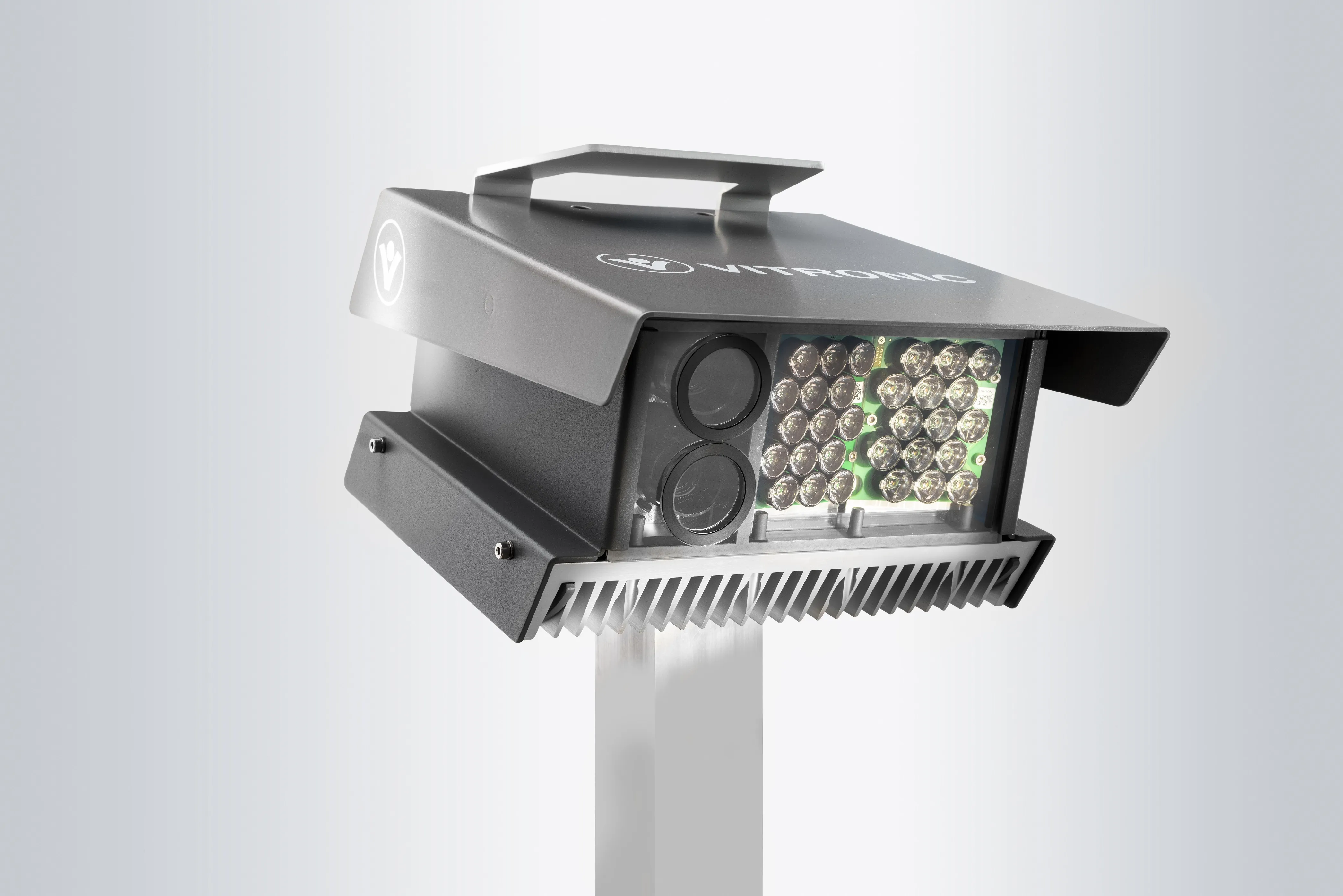The new Hitachi GigE camera range takes advantage of GigE Vision, the first standard to allow for fast image transfer using low cost standard cables over very long lengths.
February 3, 2012
Read time: 1 min
The new 2213 Hitachi GigE camera range takes advantage of GigE Vision, the first standard to allow for fast image transfer using low cost standard cables over very long lengths. With GigE Vision, hardware and software from different vendors can interoperate seamlessly over GigE connections. The Hitachi range offer 3CCD chip and single chip colour cameras as well as B/W versions. This technology offers mega pixel resolutions without the low light problems of CMOS sensors coupled with a progressive scan rather than rolling shutters.










